Goo
Goo presented with swelling of the right mandible and an unerupted tooth, indicating a potential underlying issue that required further investigation.
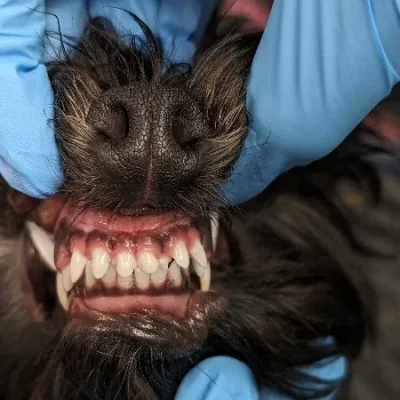
A condition that occurs when a dog’s lower canines misalign and strike the soft tissue of the upper jaw, causing chronic pain and potentially severe oral damage.
Read More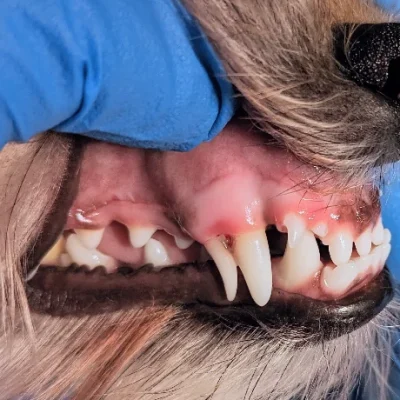
When a dog’s baby teeth fail to fall out, it can lead to improper alignment of adult teeth, significantly increasing the risk of malocclusion and gum disease.
Read More
This surgical procedure involves removing a pet’s lower canine teeth, typically to address issues like malocclusion, fractured teeth or advanced periodontal disease.
Read More
Encouraging play with a firm, appropriately sized ball to apply pressure on developing teeth, potentially correcting misaligned canines and preventing future issues.
Read More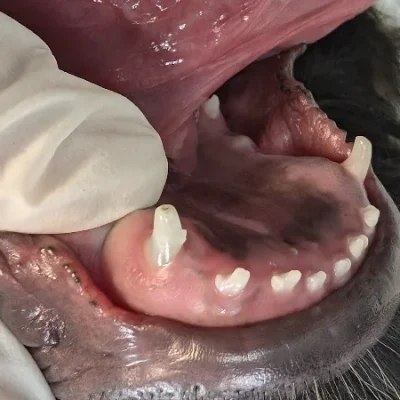
Fractured, persistent or misaligned baby teeth in puppies and kittens may require extraction to ensure comfort, prevent abscesses and avoid long-term dental issues during development.
Read More
This condition occurs when a tooth in the upper jaw damages the tissue near a lower molar, causing discomfort and potential periodontal disease, often requiring reshaping or extraction.
Read More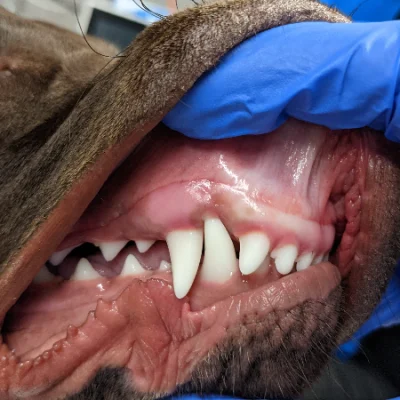
This procedure involves reshaping gum tissue to guide the eruption of canine teeth into a correct position, preventing traumatic occlusion and avoiding more invasive treatments.
Read More
Reducing the height of misaligned canine teeth and protecting the exposed pulp with a filling helps prevent chronic pain, preserve jaw structure and avoid extraction.
Read More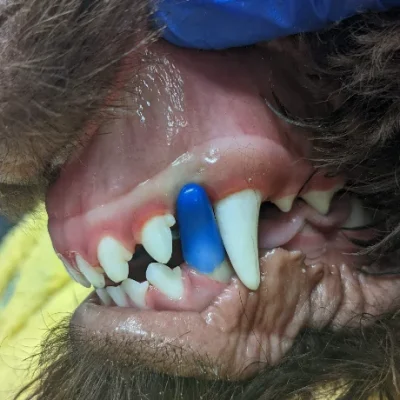
Orthodontic appliances like inclined planes or crown extensions can reposition misaligned canine teeth, preventing trauma and preserving tooth function without altering their shape.
Read More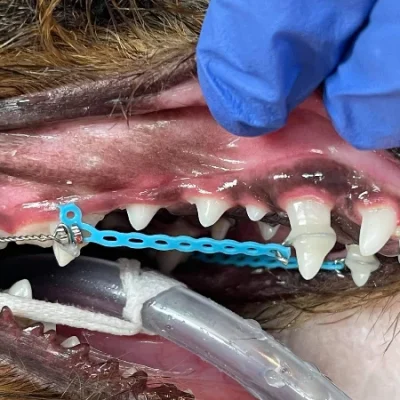
To address mesioverted (‘lanced’ maxillary canine teeth) and manage linguoversion when the maxillary diastema (the space between the third incisor and canine teeth) is too narrow.
Read More
Goo presented with swelling of the right mandible and an unerupted tooth, indicating a potential underlying issue that required further investigation.
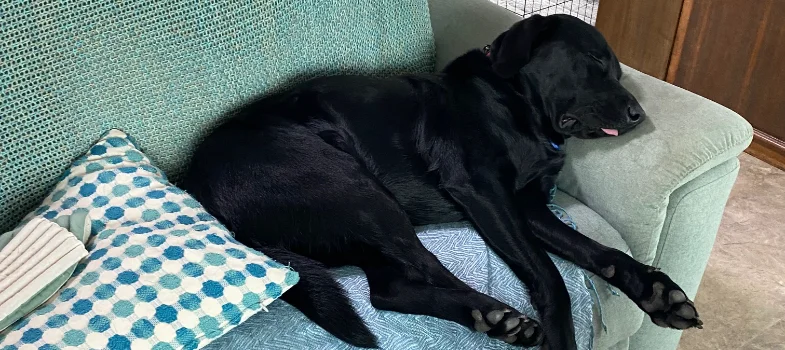
Fraser was recently adopted and presented with a notable overbite and mandibular micrognathia, indicating a smaller, underdeveloped mandible.
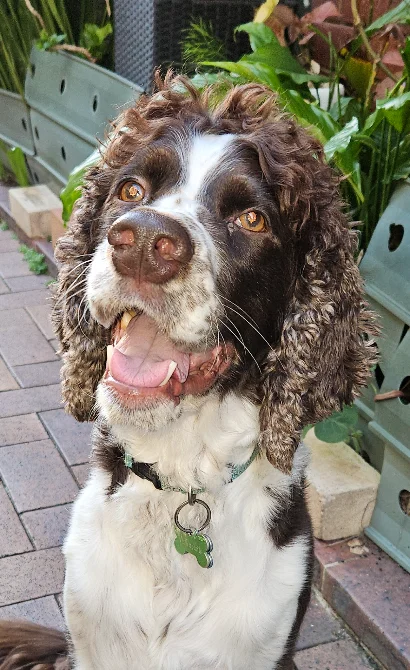
Bundy presented with advanced periodontal disease, which resulted in multiple extractions at a young age.
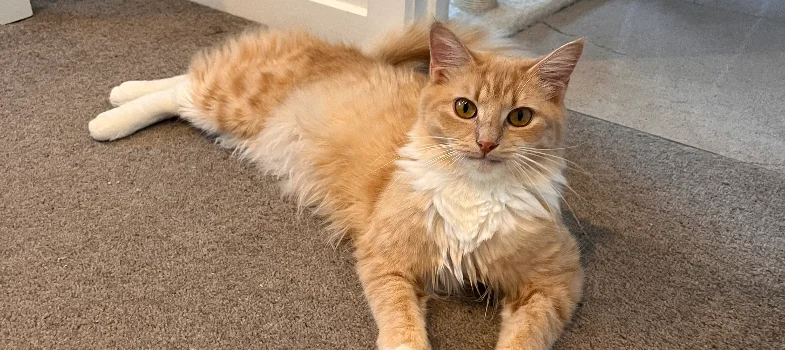
Minnie presented with severe juvenile periodontitis, which progressed to feline chronic gingivostomatitis (FCGS).
Copyright Advanced Animal Dentistry 2025
Website by Specialist Vet Marketing.